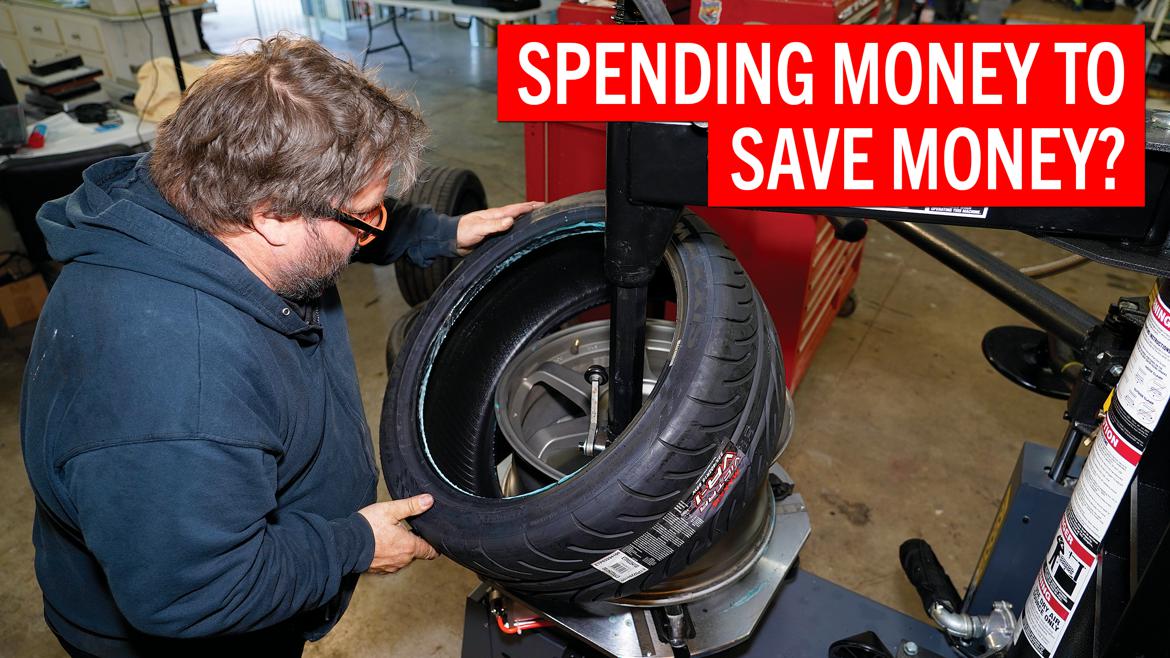Hey all,
I'm trying to decide on a wheel/tire package for 200 treadwear street tires. I have been looking at all the tire testing data I can find, but I haven't seen a direct test of the effect of wheel width.
For example, is a 200 treadwear 205/45/17 faster on a 7",7.5",8"... wide wheel?
The closest I have seen is this post from Hollis Racing on FB
"
Optimal wheel size
Many folks entering the ST category are refugees from Stock looking to make some performance upgrades to their car and/or reduce their tire budget. Unfortunately, they carry with them some baggage on concepts that may work well in Stock, but not in ST. One of these is optimal wheel/tire fitment.
Since Stock limits you to the OE wheel sizing, astute competitors have learned how to stuff increasingly wider tires onto those skinny rims. And tire makers have been happy to make wider and wider tires, likewise charging more and more money. But, is wider better? In Stock, the answer is often "yes". The sidewalls on these DOT-approved "Not for Highway Use" R-comps are super stiff and allow for "overtiring" much in the way that a cantilever style slick works to get around wheel width limitations for formula cars.
In ST, drivers in most classes have limits on both wheel width and tire section width, both of which are much wider than OE. The tendency is to cram the widest legal tire on the widest legal rim that will fit and go for it. But that is not always the optimal solution, as street tires do not have the same super-stiff sidewalls as do the best R-comps. Sometimes it makes sense to run a narrower tire for a given rim fitment. From the testing we've done, we find that a good rule of thumb is that the optimal rim is the same size (rounded up to the nearest half-inch or so) as the tread width (not section width!). So a 205/50-15 tire with a typical tread width of 7.5" is best on 7.5" rim. An 8" rim will work, too, but it will be majorly stretched on a 9. Likewise, it will lose some performance on a 7, and will lose a LOT going down to a 6 or 6.5. Similarly, a 225/45-15 with an 8.2" tread width works best on at least an 8.5" rim and loses a fair bit on a 7.5".
A practical example of this is in STC, STF and STS where the rim limitation of 7.5" keeps the 195/50-15 Toyo R1R at the top despite it not being the widest allowed tire size. The 225/45-15 R-S3 mounted on that same 7.5" rim is not quite as fast. But put that same R-S3 on an 8 and it comes alive. And it's even better on something a bit bigger. So in STR, where wider rims are allowed, the common 225 R-S3 on 9's is a faster combo than the 195 R1R on a 7.5 (assuming nominal weather). And putting the 195 on an 8 or wider does nothing to enhance performance and close the gap."
What I gather from this is you want a wheel that is as wide, or slightly wider than the tread width of the tire.
So the theory is that lap times with a 205mm tire, which has a 8" tread, ought to be slowest on a 7" wheel, faster on a 7.5", fastest on a 8", and no faster on anything wider than 8". Does this match what you guys have seen?





































